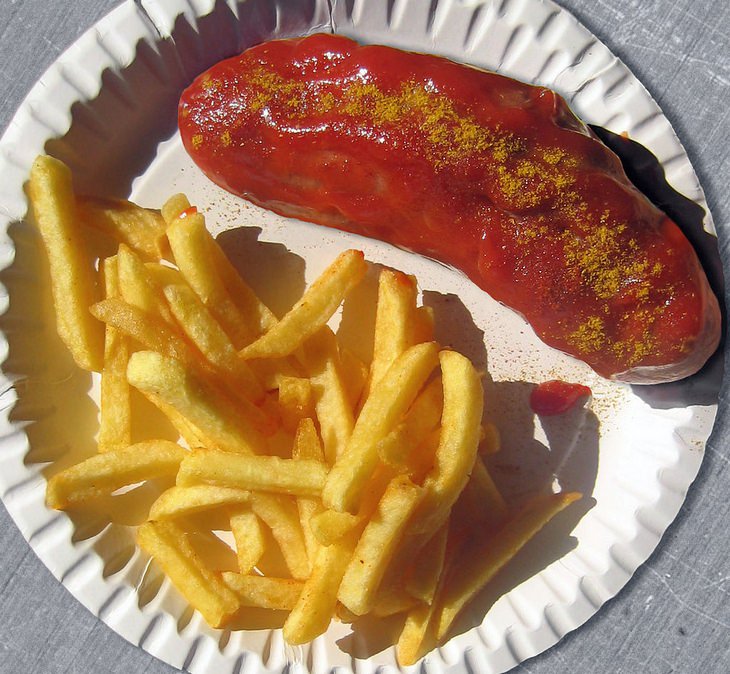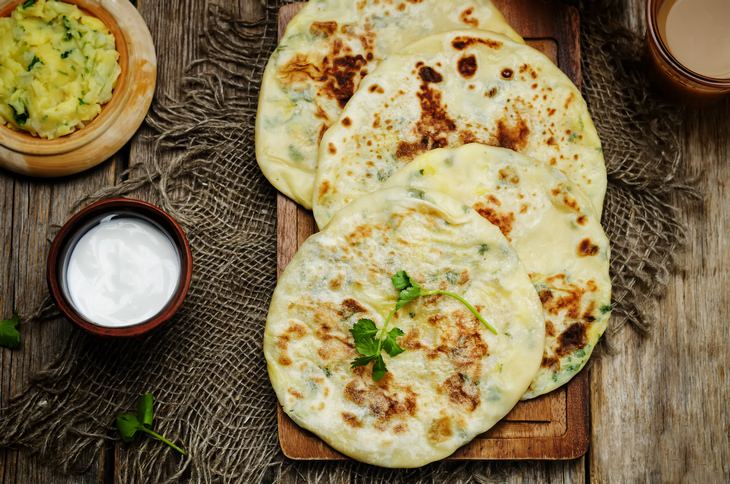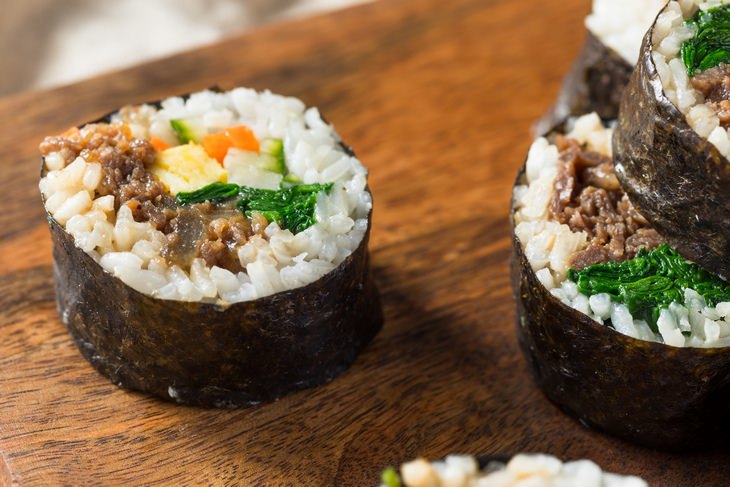1. Pirozhki (Russia)
Pirozhki (singular pirozhok) are buns that are fried or baked to golden perfection and stuffed with (typically) savory fillings, such as beef, cabbage, mushrooms, and mashed potatoes.
2. Börek (Balkans and Turkey)
A common snack in Anatolia and the Balkan Peninsula, böreks are baked and filled pastries made with several layers of thin filo dough. Börek fillings vary but tend to be salty, including spinach, potatoes, and feta cheese.
3. Kürtőskalács (Hungary)
This delicious pipe-shaped sweet is a spit cake, a pastry created by adding layers onto a rotating spit and baked over an open fire or using a specialized oven (think of the way döner kebab is made). It is made of sweet yeast dough, white sugar and obscene amounts of butter.
4. Supplì (Italy)
Similar to Sicilian arancini, supplì is a popular Roman snack consisting of rice balls filled with mozzarella, dipped in egg, coated in bread crumbs and deep fried.
5. Sabih (Israel)
Named for its inventor, an Iraqi-Jew immigrant to Israel, this pita sandwich contains fried eggplant slices, hard-boiled egg, salad, amba (pickled mango) and a spicy Yemenite condiment known as zhug (optional).
6. Tunisian Fricassé (Tunisia)
Not your regular doughnut! This deep-fried bun is eaten as a sandwich, with harissa (North African chili paste), tuna, hard-boiled eggs, olives boiled potato.
7. Lahmacun (Turkey)
Sometimes called Turkish pizza, lahmacun is pita topped with minced meat, vegetables, and spices and then baked. It is often eaten as a salad wrap.
8. Tamales (Mexico)
This unique dish is made of dough (typically corn-based) filled with meats, cheeses, fruit or chilies which is then wrapped in a corn husk or a banana leaf and steamed. The wrapping is inedible and is either discarded or used as a plate for the tamale.
9. Alfajores (Argentina)
Though the name itself comes from an Andalusian dessert, the Argentine alfajores is nothing like the Spanish Arab-inspired cookies. The South American version, instead, is a sandwich of two crumbly cookies with a filling of dulce de leche and a coating of grated coconut.
10. Stroopwafel (Netherlands)
This popular Dutch delicacy literally means “syrup waffle”, and is exactly that - a thin disc of waffle filled with sweet caramel syrup.
11. Baozi (China)
What this dumpling is, in essence, is steamed bread filled with a wide variety of sweet or savory fillings, including meat, jam, and even soup. It differs from dim sum in that yeast is used when preparing the dumpling, the end result being a fluffy, cloud-like bun.
12. Halawa (Egypt)
Popular all over the Middle East and in the countries of the former Soviet Union, Halawa (known in the west as halva) is a dense dessert confection, which in its original form is typically made of tahini, sugar, and soapwort. Depending on density, it can be eaten as is or as a spread.
13. Croquette (Belgium)
Extremely popular both as a side and main dish in Belgium, croquettes are deep-fried crumbed rolls. As a side dish, they are filled with mashed potatoes, while main course croquettes have creamy fillings with cheese or shrimp.
14. Khanom Bueang (Thailand)
These crispy Thai crepes are somewhat similar in appearance to tacos, but are eaten with coconut cream and a wide variety of both sweet and savory toppings, such as shredded coconut, egg yolk, and scallions.
15. Poutine (Canada)
The quintessential Canadian street food, poutine is a dish of french fries with cheese curds and a thin chicken gravy or brown gravy which is a mix of chicken and beef stock. Some variations add meat or make the gravy thicker, though those are less common in Canada itself.
16. Ceviche (Peru)
This cold fish appetizer is an extremely popular street food dish in Peru, made of raw, diced fish cured in zesty citrus juice and seasoned with chili, onions, and cilantro. As ceviche is uncooked, it is best eaten fresh.
17. Pinchos (Spain)
A mainstay of bars in northern Spain, pinchos are bite-size toppings of fish, Spanish omelet or bell peppers skewered to slices of bread, though almost all toppings can be used.
18. Currywurst (Germany)
Though sausages were always a popular snack in Germany, currywurst is a rather recent arrival. It was invented by Herta Heuwer in 1949, who acquired ketchup and curry powder from British soldiers, mixed it together and poured it over pork sausage, though beef variations are also common.
19. Aloo Paratha (India)
To an untrained eye, this looks like any regular flatbread, but within its doughy recesses is a mouthwatering filling of mashed potatoes and spices. The bread is then fried in ghee or butter. It is served with a topping of butter, Indian pickles or chutney.
20. Gimbap (South Korea)
The lesser-known Korean cousin of maki sushi, gimbap differs from Japanese sushi in several important ways. While sushi rice is treated with vinegar, gimbap is rather seasoned using sesame oil. Gimbap can contain any number of ingredients, including meat, canned tuna, stir-fried vegetables, and even kimchi!

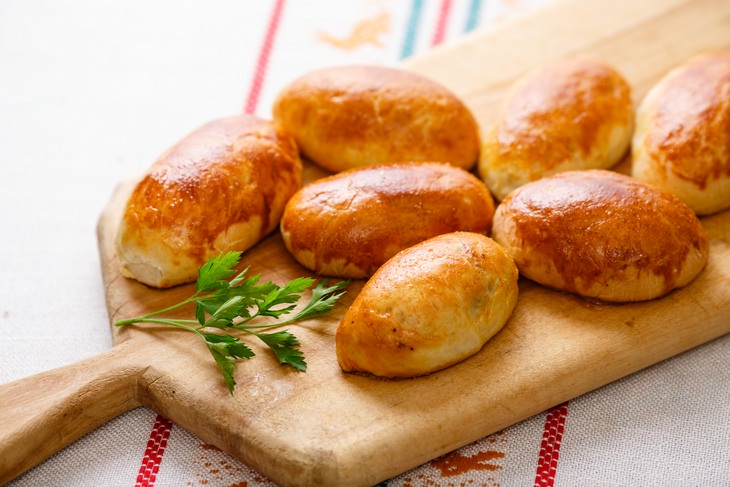
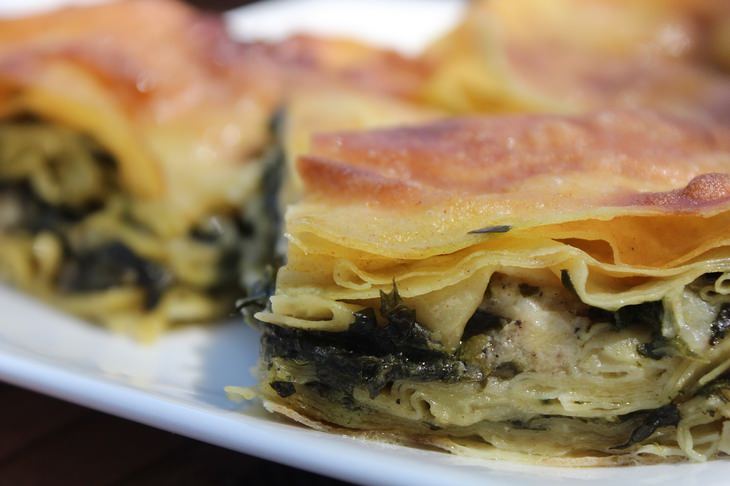
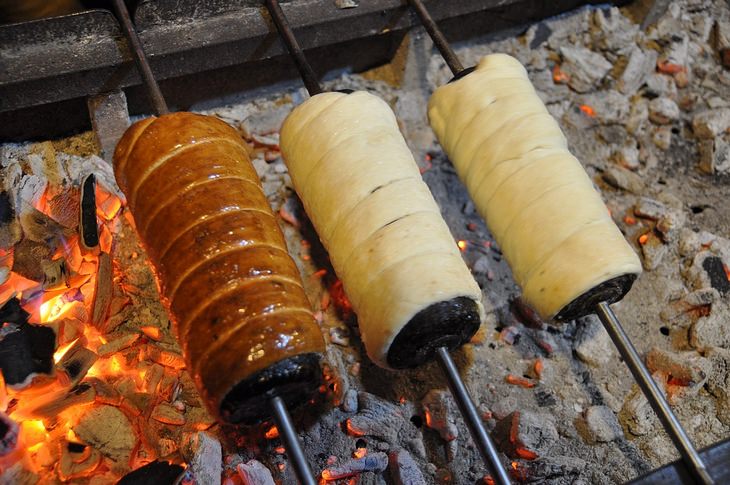 Source: Christo
Source: Christo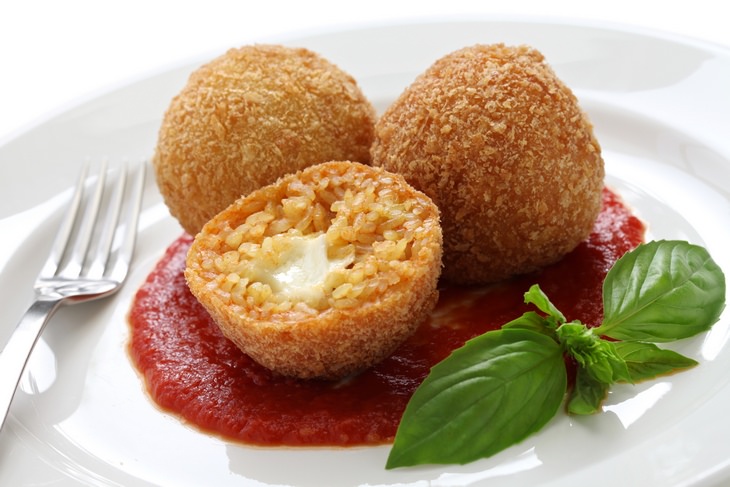
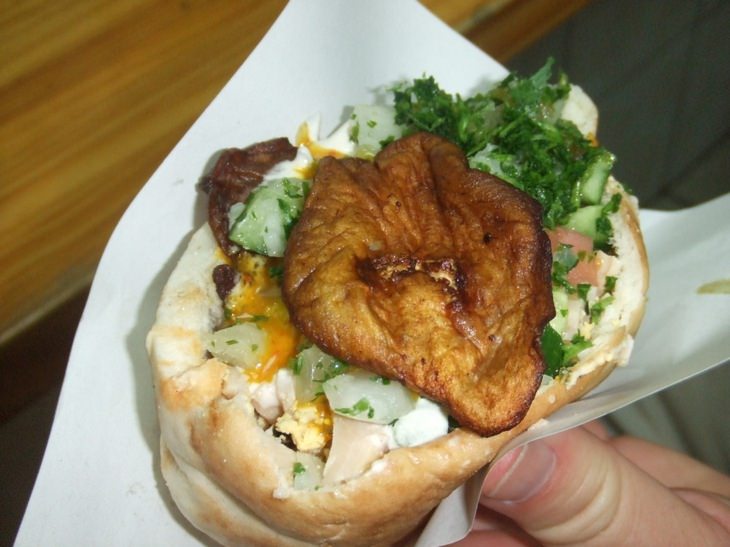 Source: ClyHell
Source: ClyHell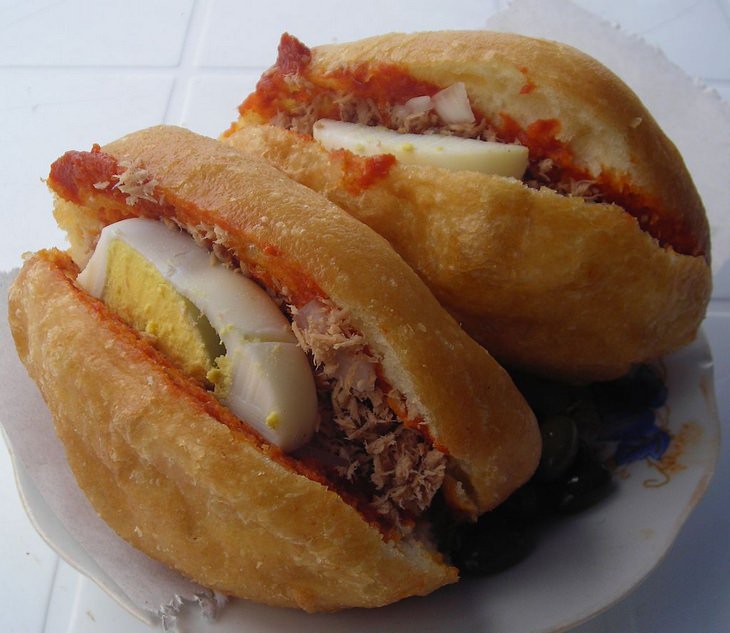 Source: Yamen
Source: Yamen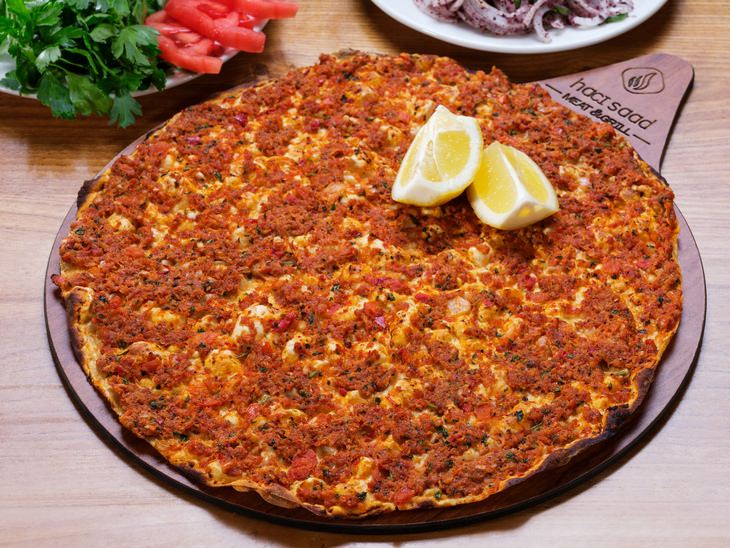
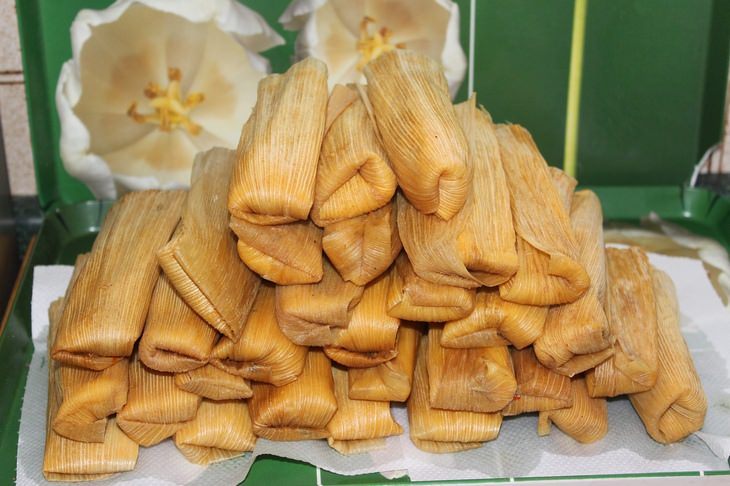

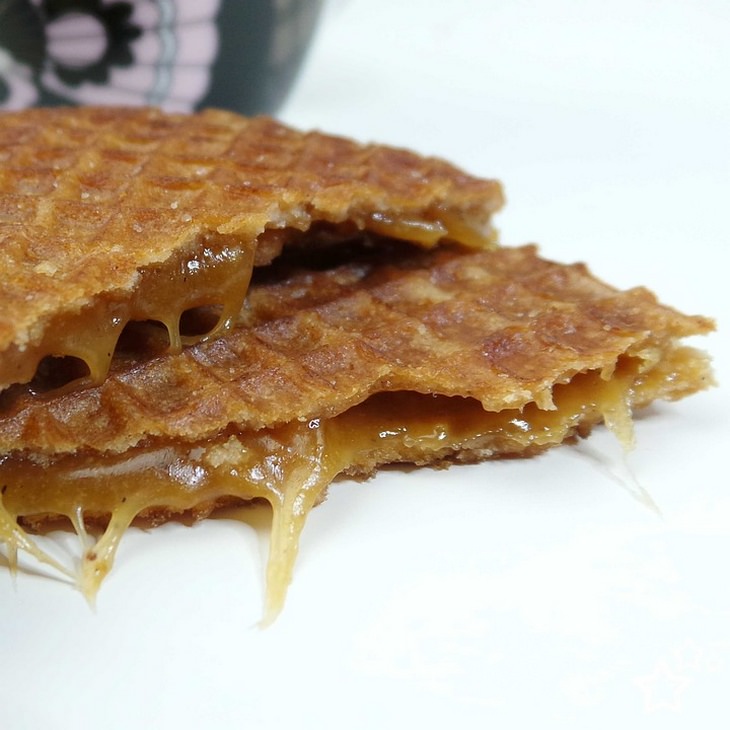

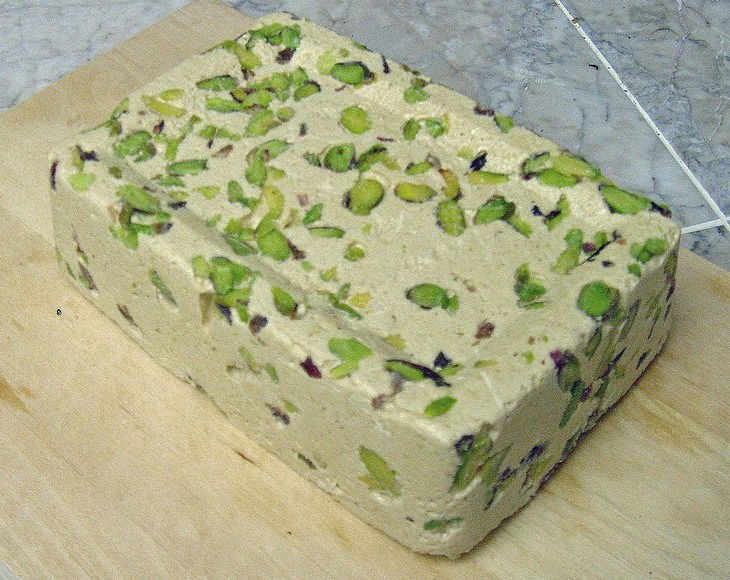
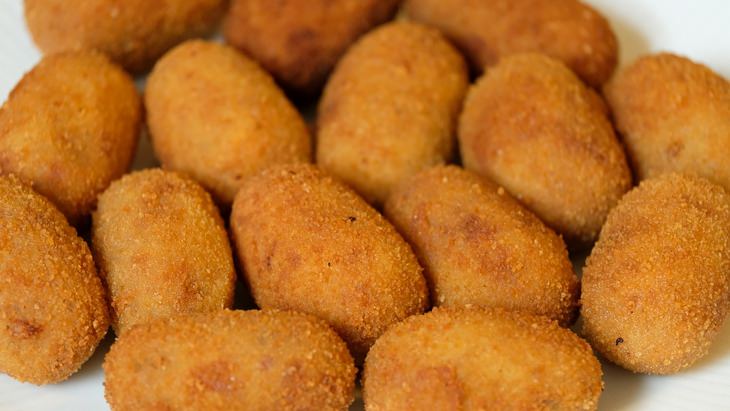
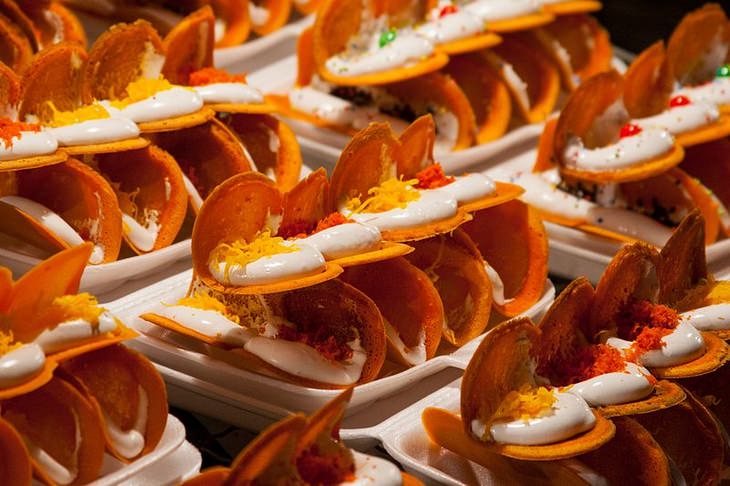 Source: Ilya Plekhanov
Source: Ilya Plekhanov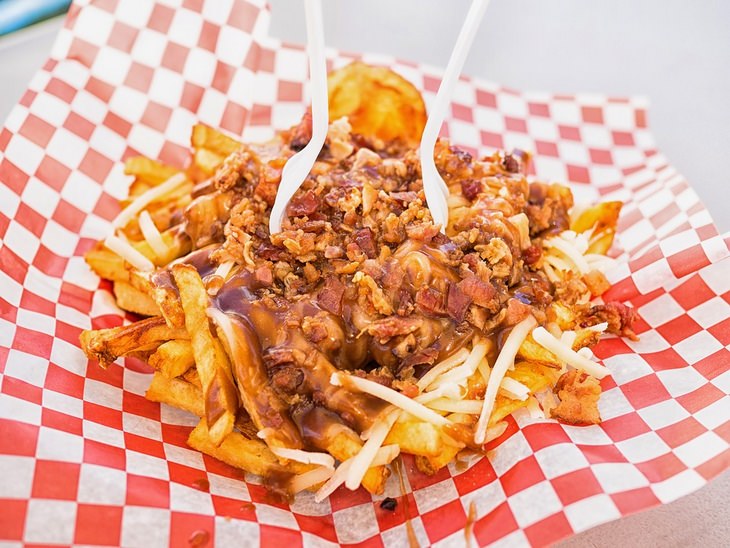
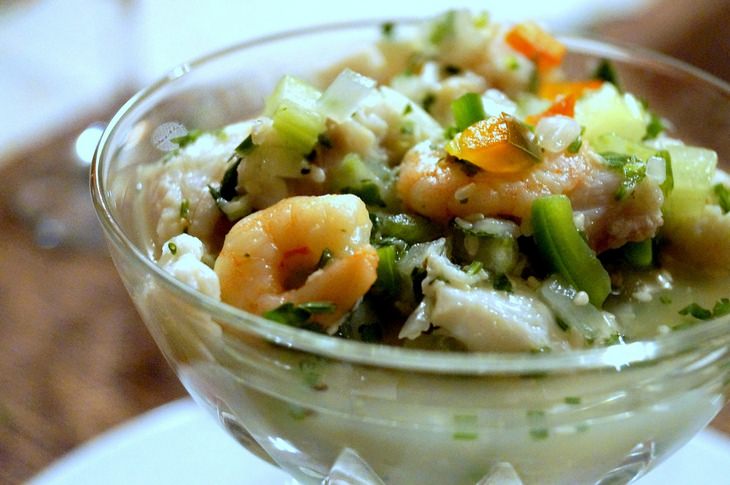
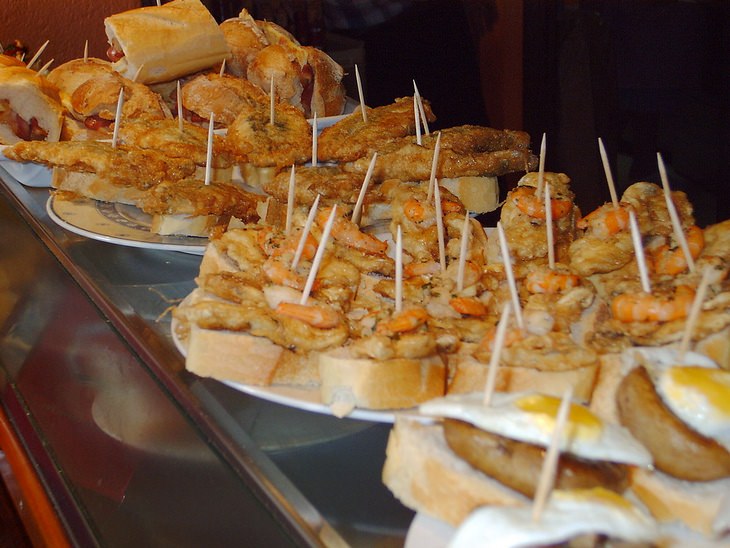 Source: Telle
Source: Telle